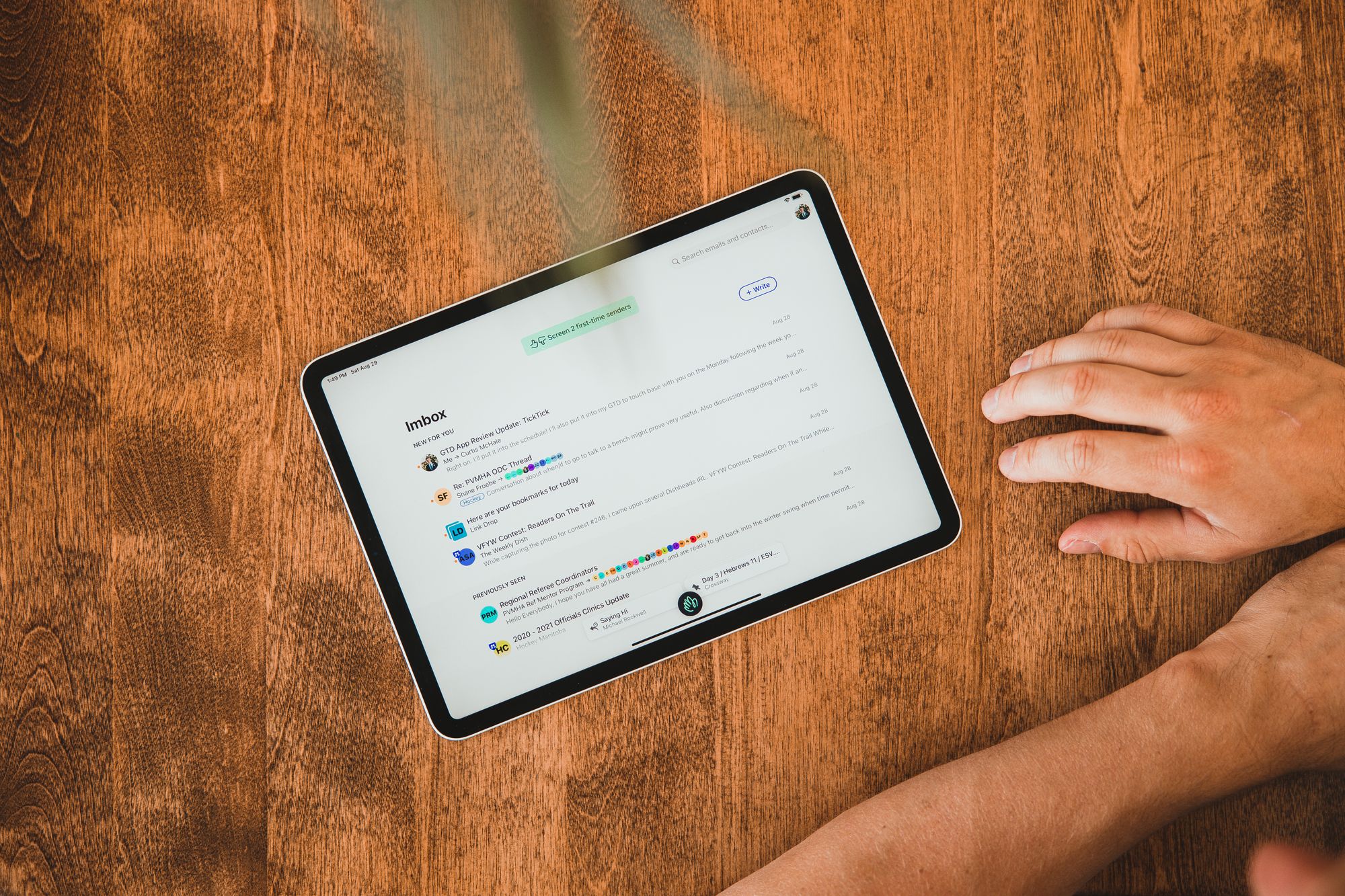I’ve used Adobe’s Portfolio application for showcasing my photography work over the last few years. It comes bundled with the Adobe subscription. It’s easy to understand. It bakes into Lightroom CC and can update directly from the Lightroom CC app. It even produces minimally designed webpages just to my liking.
There’s this little thing about splitting your work up across multiple spots, though. It just doesn’t sit well with me. There may be no logic to it, and it’s likely there are analytics somewhere suggesting I’m completely wrong. But I don’t like it. I’d like someone to land here, click around, discover something new, and everything looks the same as the prior page.
That’s just me.
So I’m going to slowly move over all the previous photography work showcased at joshuaginter.com. It’ll take awhile. I’ve hit the publish button on the first gallery today.
This is made possible by Ghost. This blog platform continues to impress me. It’s quite member-focused right now — perfect for newsletter creators and those looking to serve their audiences in more personal ways. Ghost’s tagline literally says “Turn your audience into a business.” I’m not sure I like that focus.
But it’s also great for my needs write now. It provides a wonderful writing environment. There are ample ways to showcase imagery. And Ghost bakes into my favourite writing app, Ulysses.
There are more than a few galleries to move over from the old site. I’m also not sold on how I want to showcase written words or equipment lists or dates or locations. Things will likely change as time goes on.
Head over to take a peek. Most of the photos will look familiar, but perhaps there will be something new for new readers.










